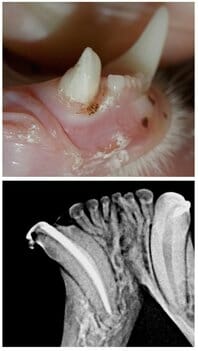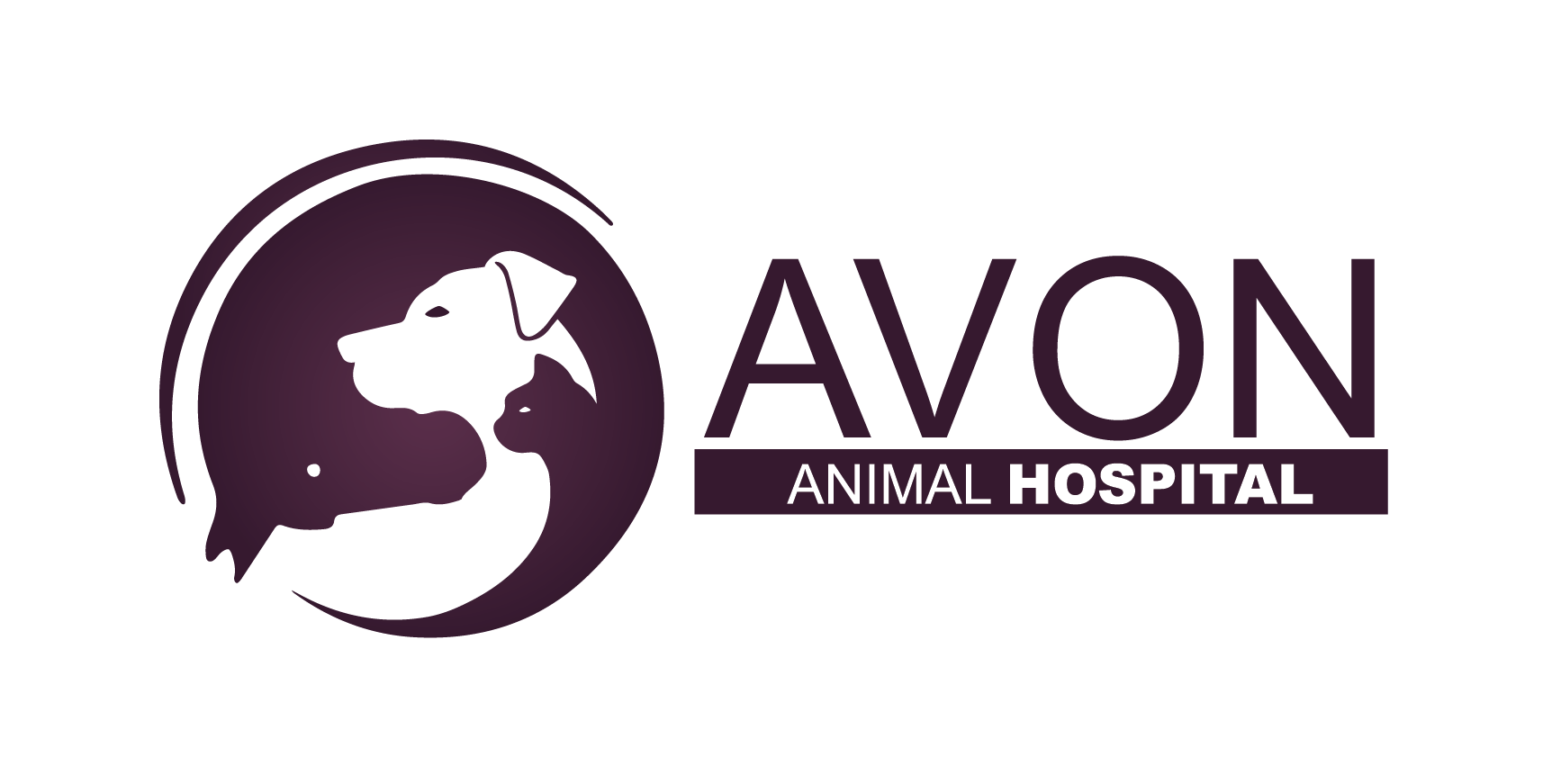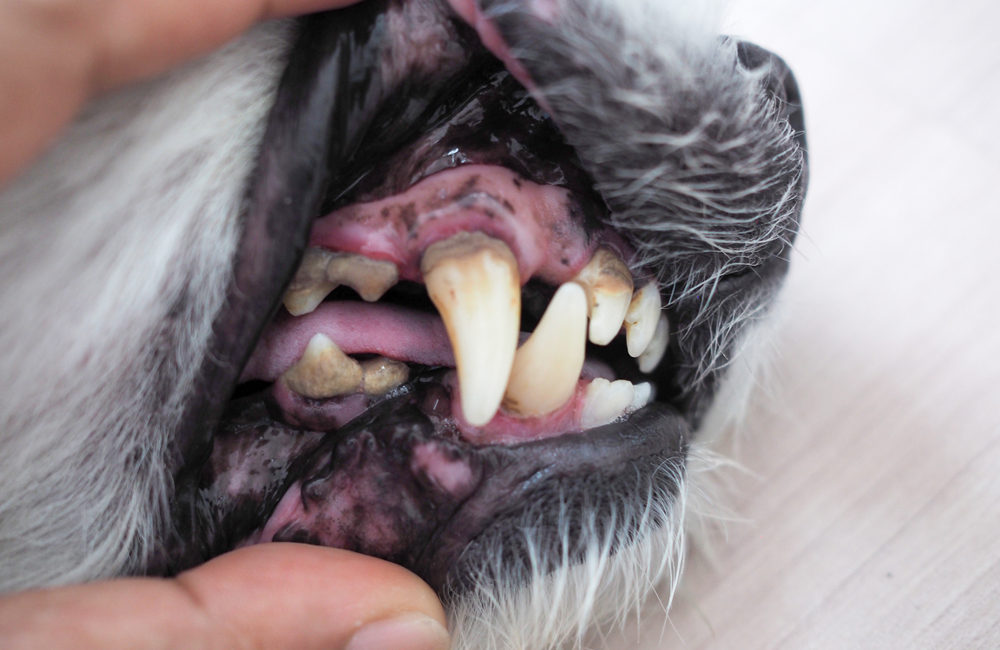 Dental X-rays have become a useful tool in veterinary dentistry because they allow us to see the area beneath the gumline where up to 75% of our pet’s tooth structure lies. By taking full-mouth radiographs, we can more accurately diagnose very common diseases. In fact, recent studies have shown that dental disease is incompletely diagnosed 70% of the time without X-rays. Common findings using dental radiography include: periodontal disease, tooth resorptions, impacted teeth, retained root fragments, dead teeth, broken tooth roots and abscessed teeth – all painful diagnoses that your pet
Dental X-rays have become a useful tool in veterinary dentistry because they allow us to see the area beneath the gumline where up to 75% of our pet’s tooth structure lies. By taking full-mouth radiographs, we can more accurately diagnose very common diseases. In fact, recent studies have shown that dental disease is incompletely diagnosed 70% of the time without X-rays. Common findings using dental radiography include: periodontal disease, tooth resorptions, impacted teeth, retained root fragments, dead teeth, broken tooth roots and abscessed teeth – all painful diagnoses that your pet
Will my pet be anesthetized for x-rays?
Because pet’s need to be still for x-rays, oral assessments and treatments, they will receive general anesthesia. Without anesthesia, the x-ray sensor would not be accurately placed. Once the x-rays are completed, your pet’s dental treatment will start immediately, which means they only require to be anesthetized once. Because of our patient care protocols, anesthesia is tailored specifically for your dog and closely monitored during procedures – it’s considered to be very safe.
Should I be concerned about excessive radiation?
No. We use only a small amount of radiation to take dental x-rays. There are no reports of adverse radiation effects in dogs and cats from this very small amount of exposure.
We always diagnose first, plan the best treatment and perform the necessary treatment meticulously. Dental radiology replaces guesswork with a diagnosis and allows for the correct treatment to be optimally performed.



